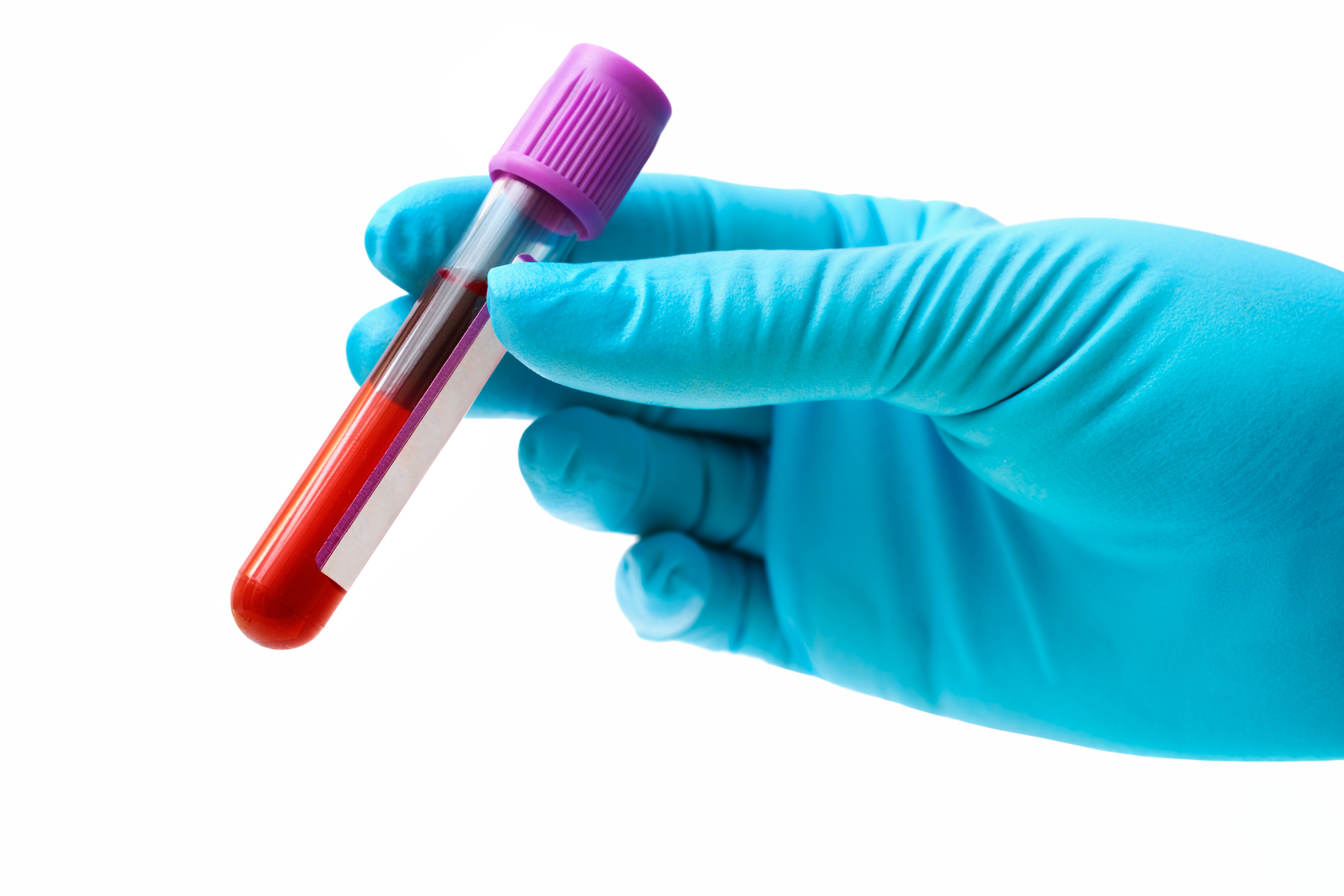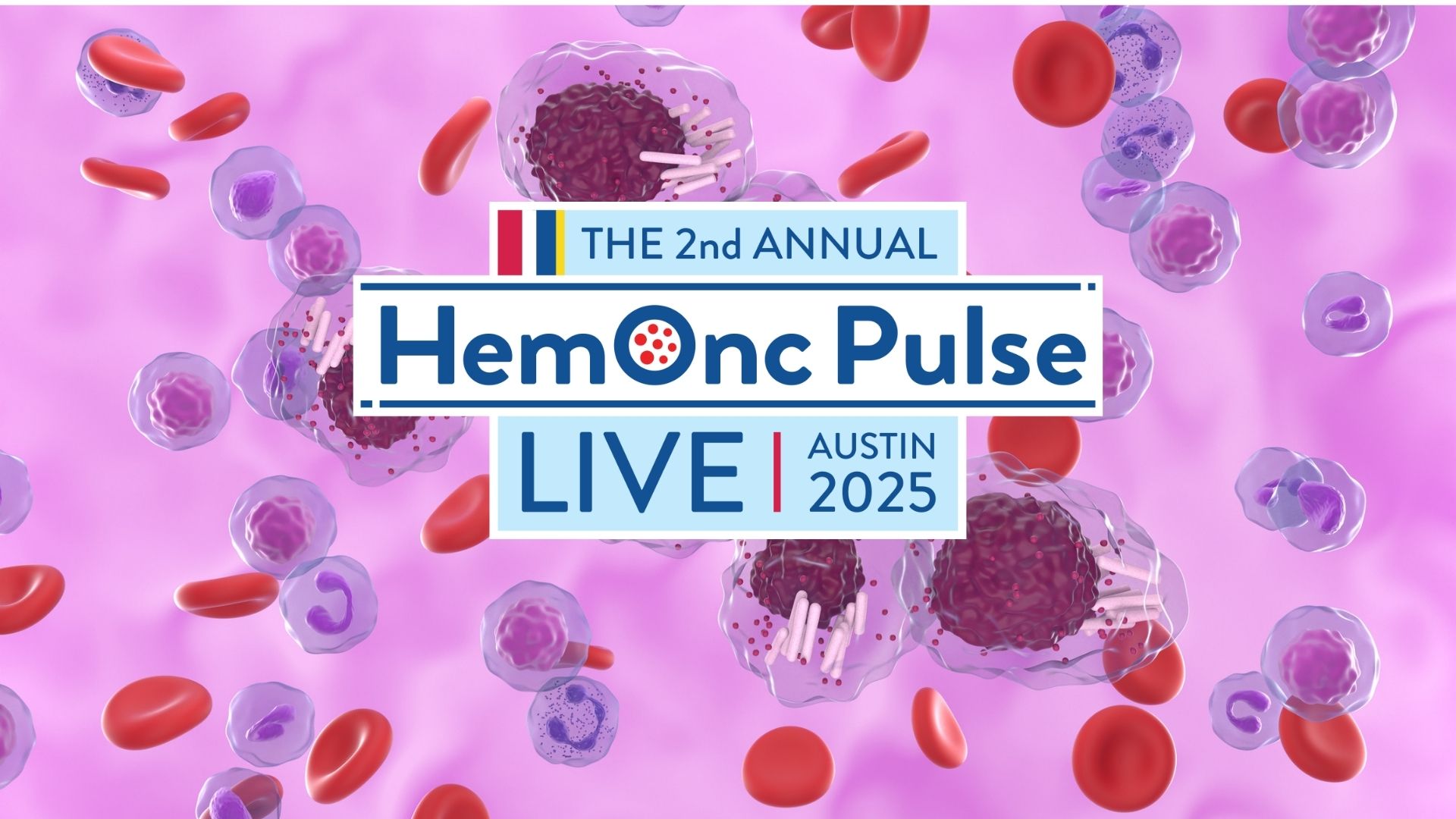
Navtemadlin, a murine double minute 2 (MDM2) inhibitor, showed meaningful spleen volume reduction (SVR) and significant symptom improvements in participants with myelofibrosis (MF) who relapsed with or were refractory to Janus kinase (JAK) inhibitors, the global phase 3 BOREAS trial showed. Navtemadlin showed potential disease modification, with improved variant allele frequencies and bone marrow fibrosis.
“Navtemadlin is the current best orally bioavailable drug that binds MDM2, blocking p53 binding and thereby allowing activation of p53 and the induction of apoptosis,” explained John Mascarenhas, MD, Icahn School of Medicine, Mount Sinai, New York, New York. He and his colleagues investigated the efficacy of the MDM2 inhibitor navtemadlin among participants with MF that had relapsed or was refractory to JAK inhibitors in the phase 3 BOREAS trial (NCT03662126).1
The trial was conducted across 92 global sites in 24 countries and randomized participants with TP53 wild-type mutations (n=183) 2:1 to navtemadlin or best available therapy (BAT). Navtemadlin was administered at 40 mg/day on days 1 to 7 of a 28-day cycle, and BAT administration was the physician’s choice. Crossover to navtemadlin was allowed at week 24 or the time of disease progression. The primary endpoint was the rate of SVR ≥35% (SVR35) at week 24, and the main secondary endpoint was the rate of total symptom score reduction of 50% or more (TSS50) at week 24. Baseline characteristics were similar yet advanced across groups; both groups had median spleen volume of more than 2,000 cm2 and total symptom scores (TSS) higher than 20; more than 70% of all participants presented with a grade 2 or 3 bone marrow fibrosis score.
The primary endpoint of SVR35 by week 24 was reached by 15% of navtemadlin-treated participants versus 5% in the BAT group (P=.0815). A significantly greater number of participants achieved SVR25%, as additional clinically meaningful readout, in the navtemadlin arm (27% vs 10%; P=.012). The secondary endpoint, TSS50 at week 24, was reached by 24% in the navtemadlin group compared with 12% in the BAT-treated group. The least-squares mean difference in TSS was –5.5 (95% CI, –9.6 to 1.5; P=.0078). Variant allele frequency change of more than 50% was observed in 21% of participants receiving navtemadlin compared with 12% of those receiving BAT. Similarly, 47% of participants receiving navtemadlin showed decreased bone marrow fibrosis compared with 24% receiving BAT.
In the navtemadlin arm, 28% of participants discontinued treatment before week 24, compared with 39% in the BAT arm. Hematologic and gastrointestinal symptoms were predictable and usually resolved within approximately 7 days of the treatment.
BOREAS is the first global phase 3 study to demonstrate clinical efficacy of a single-agent treatment for patients with relapsed or refractory MF. Dr. Mascarenhas concluded: “There is clinically relevant efficacy and safety, with navtemadlin nearly tripling SVR35 and doubling TSS50.” The next step is adding navtemadlin to ruxolitinib, which is already ongoing in the phase 3 POIESIS trial (NCT06479135).
Reference
- Mascarenhas JO, et al. Results from the randomized, multicenter, global phase 3 BOREAS study: navtemadlin versus best available therapy in JAK inhibitor relapsed/refractory myelofibrosis. Abstract #1000. Presented at the American Society of Hematology Annual Meeting; December 7-10, 2024; San Diego, California.






 © 2025 Mashup Media, LLC, a Formedics Property. All Rights Reserved.
© 2025 Mashup Media, LLC, a Formedics Property. All Rights Reserved.